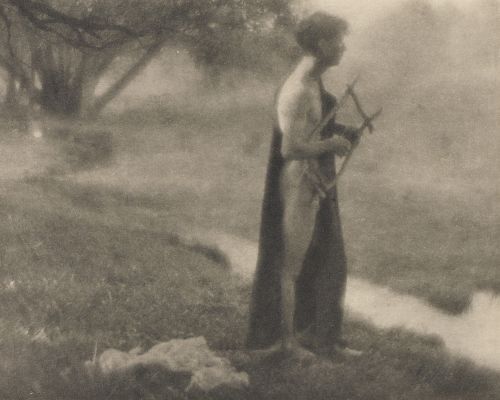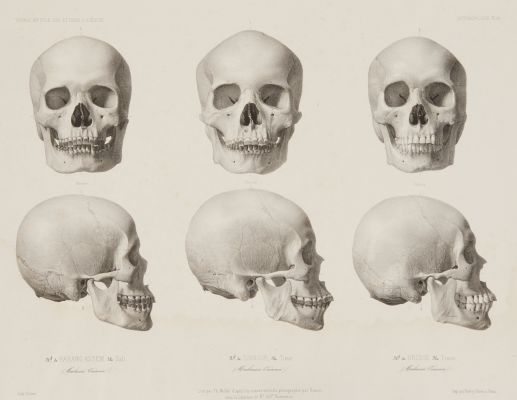
Title
Landskapsskizz af P. Eskilsson, fotografi-etsning af C. G. V. CarlemanArtist
Eskilsson, P (Swedish, 1820-1872)Publication
NY Illustrerad TidningDate
1871Process
Halftone (typographic)Atelier
C. G. V. CarlemanImage Size
11.6 x 17.5 cm
Photography will prove the most powerful lever for elevating the real and universal culture of humanity. Carleman
One of the earliest relief halftones (Carleman typographic halftone) published in a periodical.
Carleman produced typographic relief halftones with a single line screen by a method he did not divulge (1871). These were published in Swedish periodicals, in relief and with the text, but they did not attract much attention. He attempted to sell his process by publishing an illustrated pamphlet in 1871 Photography by Typographic Printing Press a method of producing photographic prints from nature with printing ink. In it he wrote: Cheapness [of printing] cannot be obtained until a method has been discovered of pressing photography into the service of typography. This might be accomplished by employing photography in the production of tablets or plates which, like wood cuts, might be printed in the text, and admit of as many impressions as metal casts taken from wood cuts. It is only by this means that photography can penetrate to the masses of the people, and enable them to view with mathematical accuracy, exterior objects as they are seen by the human eye. When this is accomplished, photography will prove the most powerful lever for elevating the real and universal culture of humanity; and not until then will it be possible to appreciate the full and immeasurable value of this remarkable art. This book contains proofs of the manner in which I have endeavoured [sic] to solve the above problem. The method is simple, cheap, and certain. Nothing more than an ordinary negative photographic impression is needed to produce the requisite printing table or plate, both quickly, and at a price incomparably cheaper than that of ordinary wood cuts. As a professional photographer outside of the printing industry he was not able to commercialize the process. Carleman’s single line screens were consistent at 100 lines per inch. By 1877 he produced an illustration for Le Monde, which was a cross line halftone of about 90 lines per inch. [1]
References
[1] Hanson, David Checklist of photomechanical processes and printing 1825-1910, 2017 p.31











